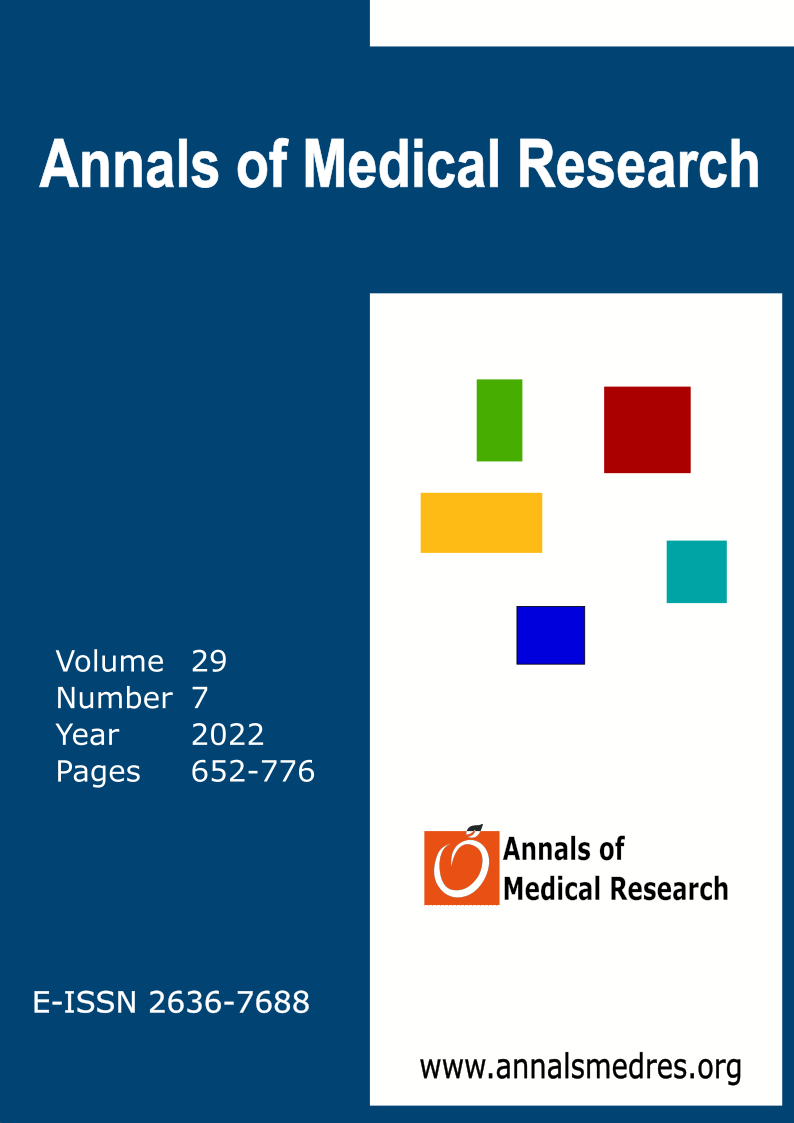Is the effectiveness of ultrasound-guided percutaneous release therapy in trigger finger treatment affected by the stage of the disease?
Keywords:
Trigger finger, Ultrasound-guided percutaneous surgery, Percutaneous surgeryAbstract
Aim: Trigger finger is a type of tenosynovitis that causes pain and dysfunction in the hand and fingers, especially in middle-aged people.We aimed to evaluate the effectiveness of ultrasound-guided (USG) percutaneous release for trigger finger according to the disease stage.
Materials and Methods: USG percutaneous release was performed on 52 fingers of 52 patients who met the inclusion criteria. The patients with Quinnell stages 1 and 2 were grouped as group 1, and those with stages 3 and 4 were grouped as group 2. After treatment, our patients were followed up by measuring their pain with the visual analog scale (VAS) on the 7th day, during the 1st month, at the 6th month control visit and recording the time of the patient’s return to work.
Results: In the analysis of the results from group 1 and group 2 together, there was a meaningful relationship between grade and VAS score. The mean of all four VAS scores in the second group was statistically significantly higher than in the first group (p < 0.001). In the comparison of the time to return to work according to grade, group 1 returned to work earlier than group 2 (1.67 ± 0.77 and 2.09 ± 0.83, respectively), but this difference was not statistically significant.
Conclusion: The percutaneous release procedure, which is performed carefully after the location of the lesion has been precisely determined and marked by USG, is the preferred method, especially in the Quinnell stages 1and 2 of the disease.
Downloads
Published
Issue
Section
License
Copyright (c) 2022 The author(s)

This work is licensed under a Creative Commons Attribution-NonCommercial-NoDerivatives 4.0 International License.
CC Attribution-NonCommercial-NoDerivatives 4.0






